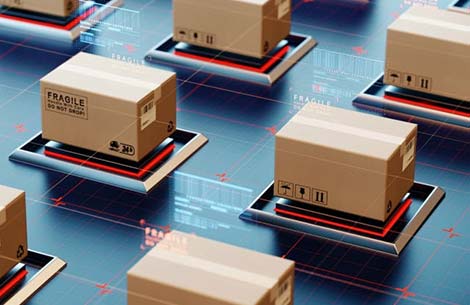As a futurist, I often get asked to predict the business trends that organizations can afford to ignore, because, while they generate a lot of buzz, they are also likely to fizzle out. On the other hand, we must also pay attention to business innovations that are gathering such rapid strength that adoption is now essential. Let's look at a few.
Blockchain
A blockchain is a data structure that builds a digital ledger of transactions and shares it among a distributed network of computers. Using cryptography, each participant interacts with the ledger in a secure way without the need for a central authority. Bitcoin was the first app built using the platform in 2008, with a premise of sending digital payments between any two parties without the help of a financial institution. Bitcoin has now been joined by hundreds of other cryptocurrencies, and the model has moved out of financial services: organizations, employees, and customers are using it for all types of transactions.
Deep Learning
Deep learning (programming machines to mimic the actions of the human brain), is driving a whole new set of business innovations. It's the process of training computers to recognize patterns in data and then classify and categorize them as a human brain could. Together with complex algorithms, deep learning is already helping machines to participate in defining project scope, analyzing risks, developing budgets and allocating resources. It's catching on because it has massive implications.
As organizations specialize and the contract workforce continues its exponential growth, we will see the demise of stable teams working together for years.
Assistant Bots
A bot is a device or piece of software that leverages artificial intelligence to execute commands or perform routine tasks. You can buy bots or leverage existing apps, but many organizations are building their own. Using minimum programming, you can create an office digital assistant to do everything from sending documents from the cloud to the printer and checking calendars and to-do lists to managing shared devices and setting up team meetings. Bots can also reduce the time it takes to get answers while still being highly tailored to a customer's preferences.
Affective Computing
Affective computing involves the recognition, interpretation, replication and manipulation of human emotions by machines, and the resulting business innovations grow sophisticated every year. Organizations are leveraging affective computing applications, including service and management robots that determine how to engage with a customer or employee based on reading the human's level of frustration, satisfaction and everything in between. You might think of it as the next generation of RPA (robotic process automation), in which software emulates the actions of a human engaging with a given business process.
Swarm Teams
In a swarm team, a group forms and disbands with lightning speed for the express purpose of solving a particular business problem. As organizations specialize and the contract workforce continues its exponential growth, we will see the demise of stable teams working together for years. Instead, business innovations like distributed swarm teams will prevail, driven by advances in virtual reality, augmented reality and telepresence. The increase in swarm team members will also facilitate the rise of business innovations like co-working. Real-time marketplaces can help mobile professionals locate the most effective spaces to work—for an hour, a week or a few months.
Within a year or so, these business innovations will change the way organizations engage with their constituents every day. If you aren't familiar with their applications, read up during your commute or pull in an expert or knowledgeable employee.


